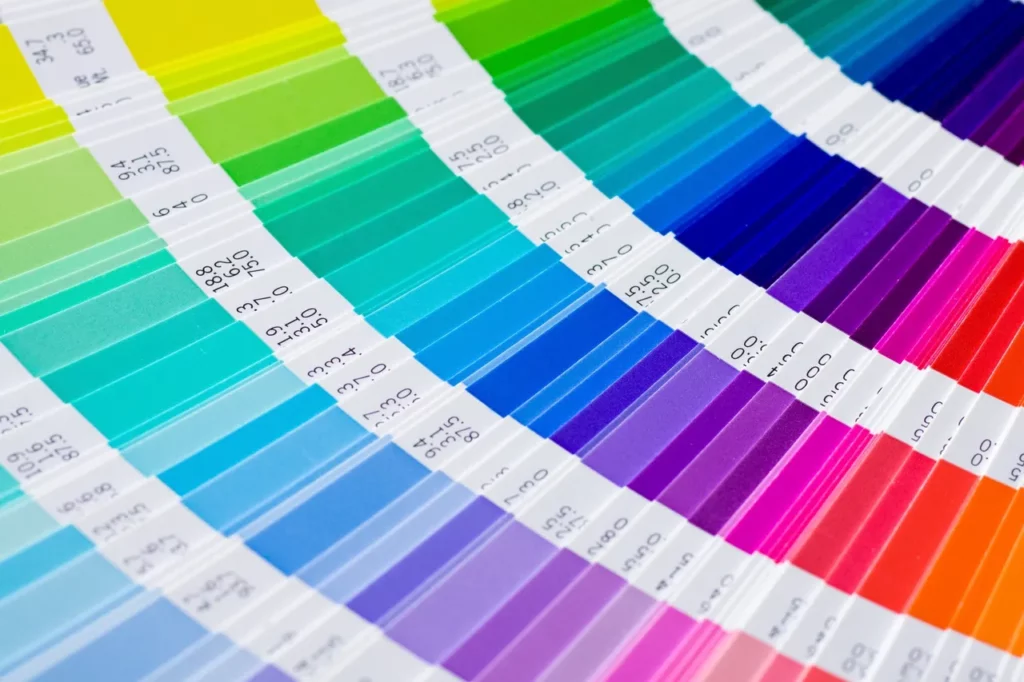Color psychology plays a crucial role in shaping the way consumers perceive and respond to brands. Colors can influence emotions, decision-making processes, and even consumer behavior. Understanding color psychology can help businesses create compelling marketing and branding strategies that effectively resonate with their target audience.
1. Color and Emotion
Colors can evoke a wide range of emotions and associations. In general, colors are often linked to the following emotions:
- Red: Passion, urgency, excitement, and energy
- Orange: Creativity, enthusiasm, friendliness, and confidence
- Yellow: Happiness, warmth, optimism, and caution
- Green: Growth, harmony, stability, and environmental consciousness
- Blue: Trust, loyalty, calmness, and professionalism
- Purple: Luxury, royalty, creativity, and spirituality
- Black: Power, elegance, sophistication, and mystery
- White: Purity, cleanliness, simplicity, and minimalism
Keep in mind that individual reactions to colors can vary, and cultural differences can also impact the emotions and meanings associated with specific colors.
2. Color in Branding
When selecting colors for your brand, consider its personality, the industry you’re operating in, and the target audience’s preferences. Color can communicate your brand’s essence and values, and help you stand out from competitors. Consider:
- Brand Personality: Define your brand’s character traits, and choose colors that reflect them. For instance, if your brand is friendly and approachable, opt for a warm color like orange.
- Industry and Competition: Analyze the color patterns in your industry and consider either adopting similar shades (if they convey your desired message) or opting for contrasting colors to differentiate your brand.
- Target Demographic: Consider your target audience’s preferences, including age, gender, and cultural background, while selecting brand colors.
3. Color in Marketing
Color psychology not only influences your branding but also plays a role in your marketing efforts. While creating promotional materials and content, consider the following:
- Consistency: Use your brand colors consistently across marketing materials and channels to create a cohesive brand image and improve recognition.
- Contrast: Utilize color contrast for better readability and to emphasize specific elements of your marketing materials, like call-to-action buttons or headlines.
- Mood and Context: Consider the emotions and moods you want your audience to experience when viewing your marketing materials and select colors accordingly.
4. Testing and Optimization
It’s essential to test and iterate on your color choices to achieve the best results. Conduct A/B tests on various design iterations and analyze the impact of different colors on conversion rates and customer behavior.
In conclusion, color plays a pivotal role in marketing and branding, influencing consumer perceptions and emotions. When selecting colors for your brand and marketing materials, consider what emotions they evoke, their relevance in the industry and for your target audience, and test your choices for optimal results.
